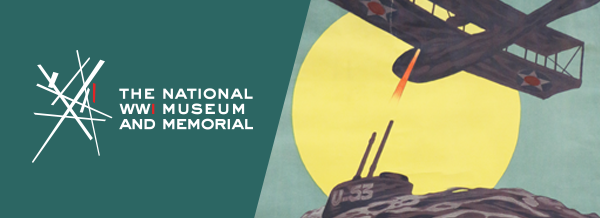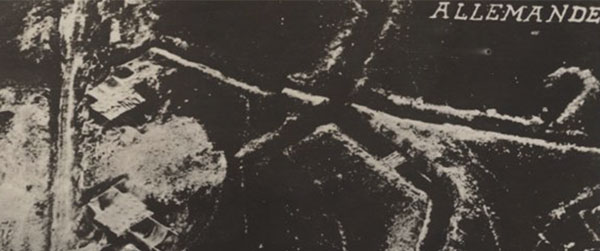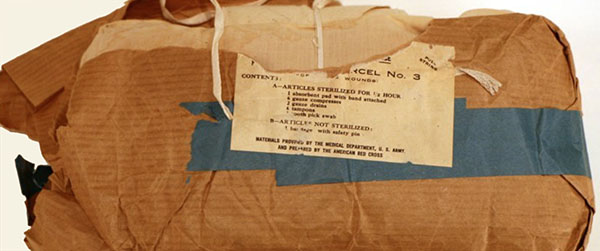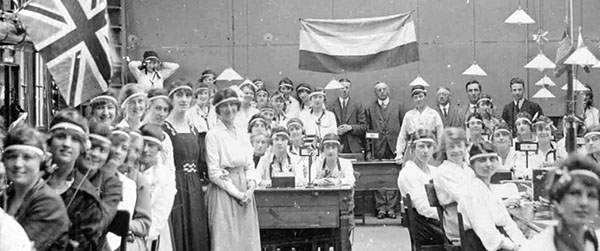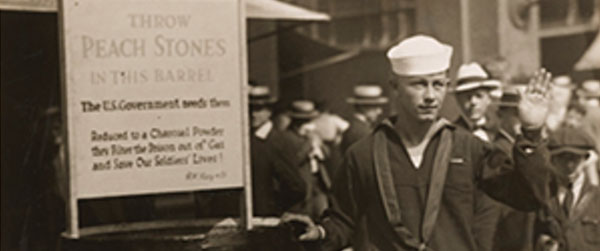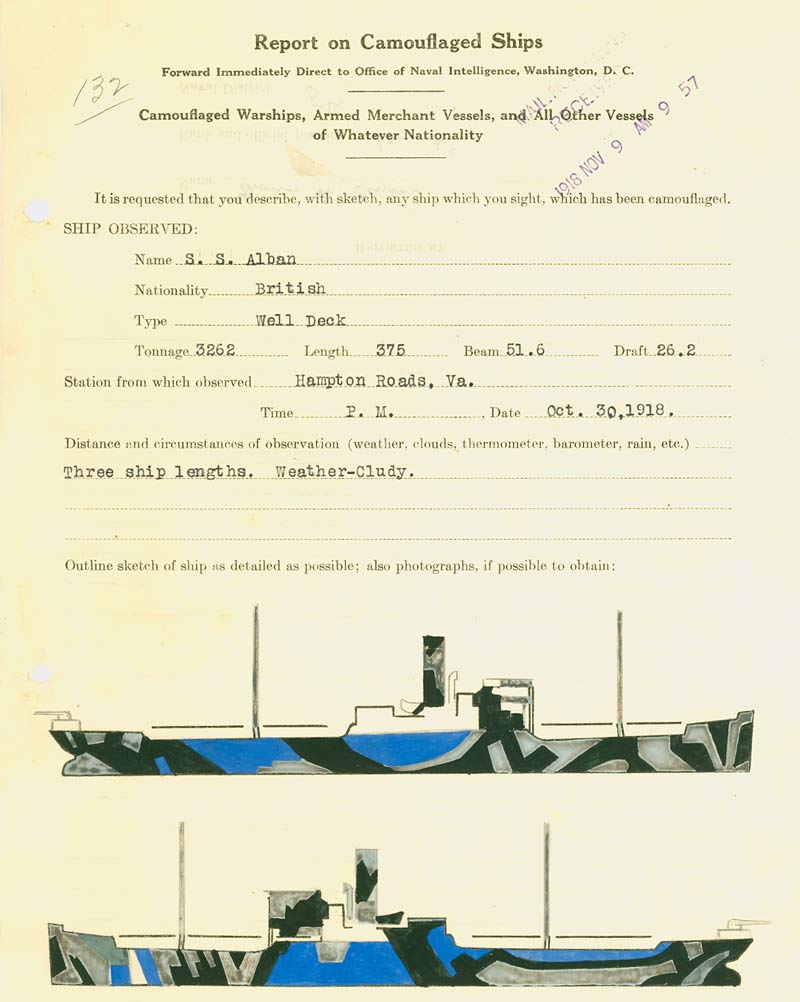Education News from the Museum and Memorial | View in browser
Innovations of WWI
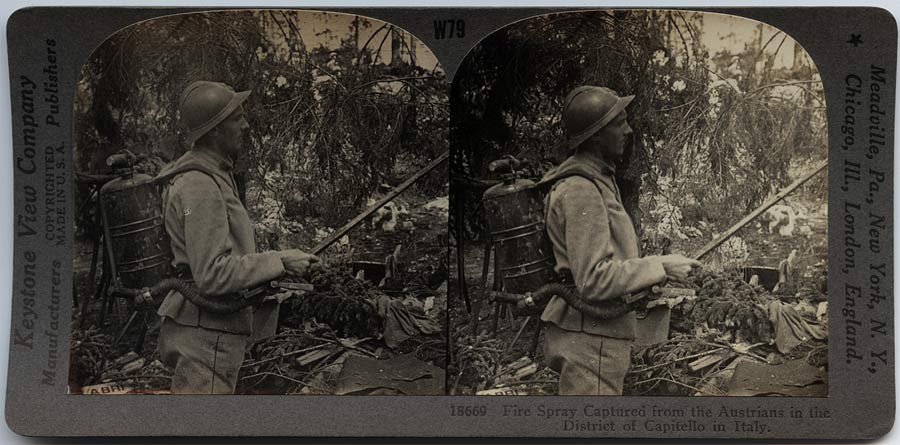
Stereoscope card showing Austrian flamethrower captured in Italy. Click the image to learn more about this card.
“In war, science has proven itself an evil genius; it has made war more terrible than it ever was before. Man used to be content to slaughter his fellowmen on a single plane—the earth’s surface. Science has taught him to go down into the water and shoot up from below and to go up into the clouds and shoot down from above, thus making the battlefield three times as bloody as it was before…”
– William Jennings Bryan, in his written final statement for the 1925 Scopes Trial, using recent advancements in warfare as an argument for why scientific theory such as evolution should be regulated in classrooms.
The United States World War One Centennial Commission and the National WWI Museum and Memorial are dedicated to educating the public about the causes, events and consequences of World War I and we encourage the use of these resources to better understand the Great War and its enduring impact on the global community.
Partners from around the world participate in the Educator Resource Database, some of whom are highlighted in this newsletter.

